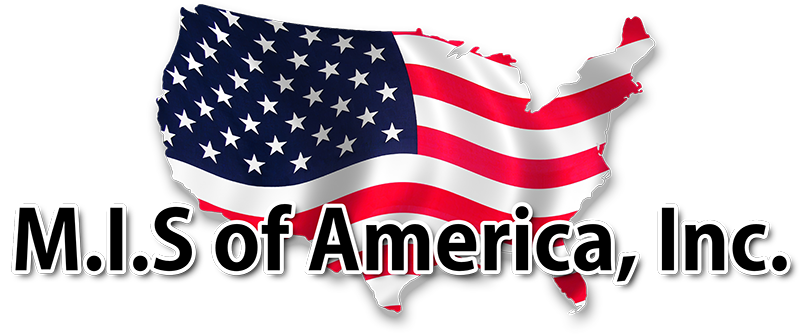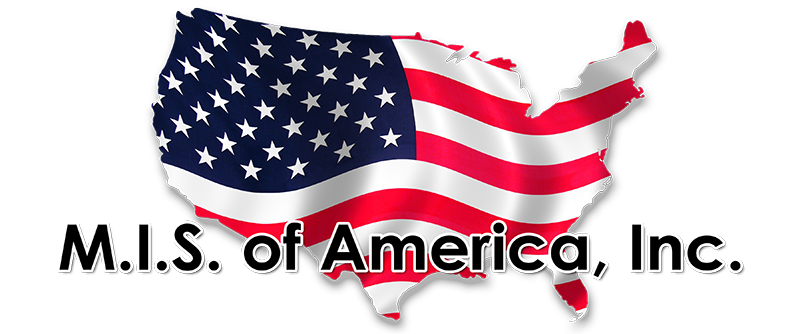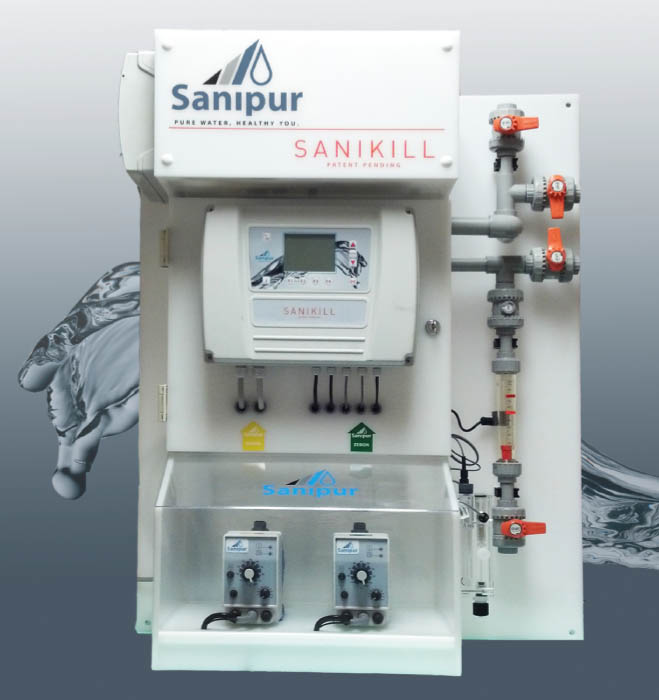Legionella
Attention Hospitals and Health Care Facilities!
Legionella Control for Potable Water
On July 6, 2016 the NYS DOH released an update of Legionella regulations.
This release included requirements for Quarterly Legionella Testing, Quarterly Inspection, Monthly Bacteriological Testing, and Disinfection for Cooling Towers.
In addition, the DOH requires that ALL Hospitals, Nursing Homes, and Health Care Facilities implement a program for testing and controlling Legionella in Potable Water Systems.
M.I.S. of America, Inc. has compiled a Plan Document that will help comply with the NYS DOH requirements. Our written plan also addresses the recommendations and standards set out in the ASHRAE 188-2015 and 12-2000.
Documents Include: Preventative Measures, Cleaning and Inspection, Sampling and Testing Schedules, Reactive measure, and Disinfection.
We are a proud partner with Klenzoid, Inc. and are distributors for the Sanipur/Sanikill Monochloramine system here in New York State.
Frequently Asked Questions
There is a lot of discussion and some misconceptions about Legionnaires’ Disease. We here at M.I.S. of America, have been following this topic and the development of information about it since the 1970’s. Here are answers to some of the more frequently asked questions we receive:
What is Legionnaires' Disease?
What is Legionella bacteria?
Where is Legionella bacteria found?
Why is it called Legionnaires' Disease?
Who is at risk for Legionella infection?
Legionella infection can occur in a variety of hosts. The incidence of Legionnaires’ disease depends on the degree of water contamination, the intensity of the patient’s exposure to that water and the susceptibility of the patient.
The presence of the bacteria in the above listed systems does not in and of itself constitute a dangerous condition or disease threat to healthy individuals. Legionella in a hospital water system increases the risk of hospital acquired infection, particularly for those patients with comprised immune systems and those with underlying diseases. Transplant patients are at risk for infection. Similarly, people who have been heavy smokers, have chronic lung disease, and immunosuppressive treatment, are at an increased risk.
How do you contract Legionnaires' Disease?
How is Legionnaires' Disease diagnosed?
The simplest is a urine test (urinary antigen test.)
Second is a blood test.
Finally, is by a culture of the bacteria on selective media.
Is the infection difficult to treat?
Can the bacteria be identified in water sources?
How can Legionella be controlled in water systems?
Cooing Towers: Accurate regimen with proven biocides
Ornamental fountains: Use of oxidizing biocides
Hot tubs and spas: Use of chlorine or bromine
Potable hot water systems: various methods include: Chlorine addition, Heat and Flush, Monochloramine, Chlorine Dioxide
Consult your M.I.S. of America representative for more information.
What is ASHRAE 188P?
ASHRAE has a task committee dedicated to learning about this problem and then making recommendations for control. The first ASHRAE paper on Legionnaires’ disease (ASHRAE 12-2000) gave us a guide to sources and remedial treatment. There has been a tremendous amount of new information in the past 14 years. ASHRAE 188P will give us guides to prevention and control.
What are the NY State Department of Health Regulations for Cooling Towers?
Where Can I Learn More?
For additional information, or to better understand how the DOH regulation may effect your business or institution, please do not hesitate to contact your M.I.S. of America Representative today.
For further reading, we also reccomend visiting the Special Pathogens Lab website at: https://specialpathogenslab.com








